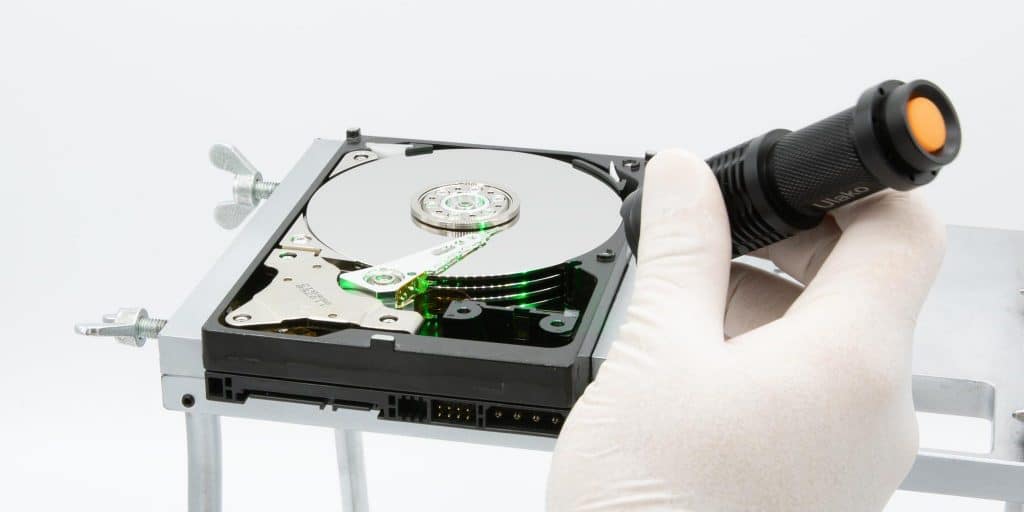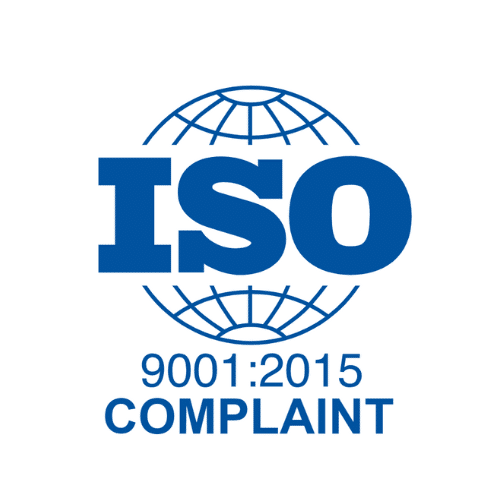In the digital age, data has become invaluable, and hard drives are the backbone of data storage. However, one of the most challenging issues that can strike these essential devices is firmware corruption.
Firmware serves as the bridge between hardware and software, facilitating seamless communication and operation. When firmware becomes corrupted, it can lead to data loss and potential hardware failure. In this blog, we will explore firmware corruption causes and simple steps users can take to fix the issue themselves.
Understanding HDD Firmware Corruption
Before delving into the complexities of firmware corruption, it is essential to understand what firmware is. In the context of a hard drive, firmware can be defined as a specialized type of software code that resides on the drive’s internal memory. It serves as the intermediary between the hardware components and the software applications, facilitating seamless communication and operation.
Hard drive firmware plays a critical role in managing various tasks, including read/write operations and error correction. When the firmware becomes corrupt or damaged, the hard drive may cease to function properly, resulting in data loss and potential hardware failure.

Causes of Firmware Corruption
- Power Surges. One of the most common causes of firmware corruption is sudden electrical fluctuations. These power surges can occur due to lightning strikes, power outages, or faulty electrical infrastructure. During such incidents, the firmware writing process may be interrupted or altered, leading to firmware corruption.
- Firmware Updates. Firmware updates are essential to improve the performance and security of a hard drive. However, during the updating process, if any unexpected interruption occurs, such as power loss or system crash, the firmware update may not be completed successfully, leaving the hard drive in an unstable state.
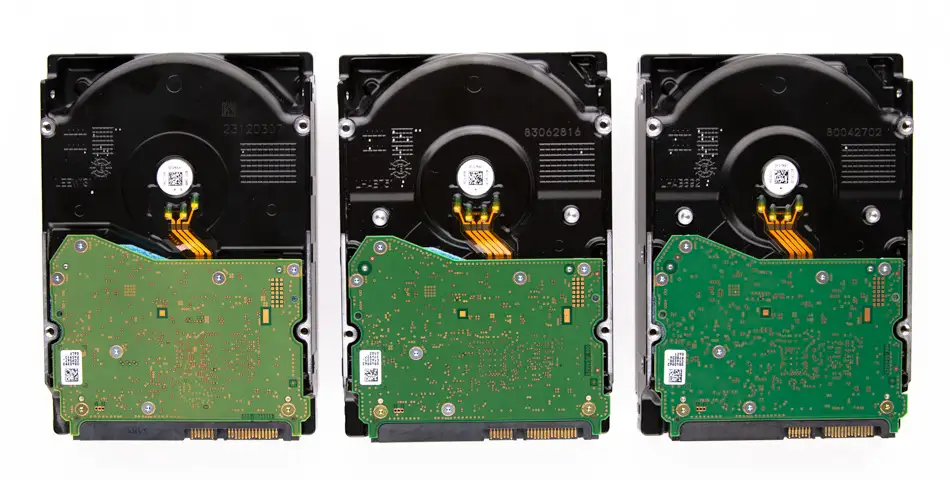
- Malware and Viruses. The threat of malicious software cannot be ignored in today’s interconnected world. Malware and viruses can infect the firmware of hard drives, causing it to malfunction or render the drive inaccessible.
- Physical Damage. Hard drives are sensitive mechanical devices, and any physical impact or mishandling can lead to internal damage, including firmware corruption. Dropping a hard drive or subjecting it to excessive vibration can be detrimental.
- Manufacturing Defects. Although rare, hard drives might be shipped with inherent firmware issues due to manufacturing defects. These latent issues might surface over time, leading to firmware corruption and data loss.
- Aging Drives. As hard drives age, their components, including firmware, may experience wear and tear, increasing the likelihood of firmware corruption.
"*" indicates required fields
Hard Drive Firmware Repair - Steps
While professional data recovery services, like PITS Global Data Recovery Services, can handle firmware corruption effectively, there are a few simple steps users can take to attempt fixing the issue themselves.
1. Power Cycle the Drive
Sometimes, a hard drive’s firmware corruption can be temporary. Turn off your computer and unplug the hard drive. Wait for a few minutes, then plug it back in and turn on your computer.
2. Check Data and Power Cables
Loose or damaged cables can cause communication errors between the hard drive and the computer, leading to firmware corruption. Ensure all data and power cables are securely connected to the hard drive and the motherboard.
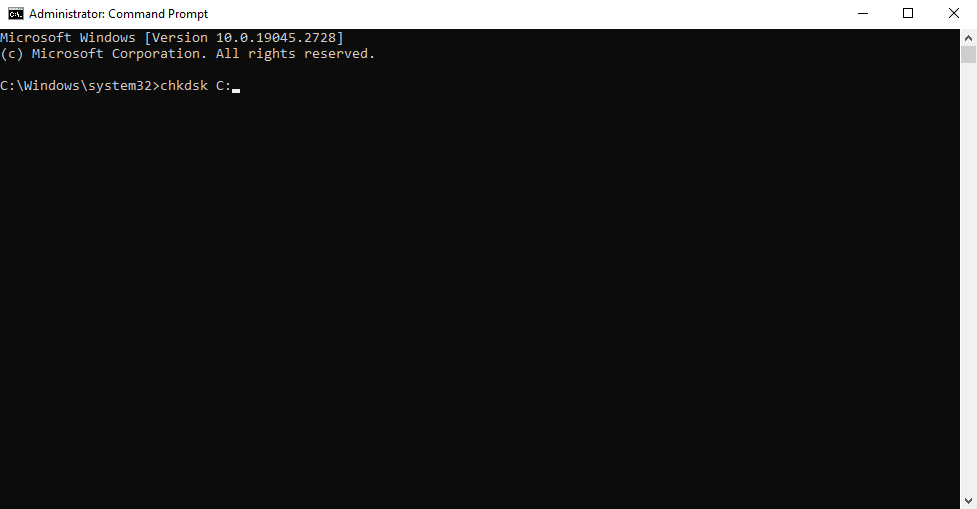
3. Run CHKDSK (Windows) or fsck (macOS/Linux)
These built-in disk-checking tools can help identify and repair minor file system issues that may be contributing to firmware corruption. Open the command prompt (Windows) or terminal (macOS/Linux) and run the appropriate command: “chkdsk /f” for Windows or “fsck” for macOS/Linux.
4. Update BIOS/UEFI
If your computer’s BIOS/UEFI firmware is outdated, it could cause compatibility issues with the hard drive’s firmware.
Check your motherboard manufacturer’s website for BIOS/UEFI updates and follow their instructions carefully to update the firmware.
5. Perform a System Restore
If the firmware corruption occurred after a recent software change, performing a system restore to a previous point in time might resolve the issue.
This will revert your computer’s settings to an earlier state when the firmware was functioning correctly.
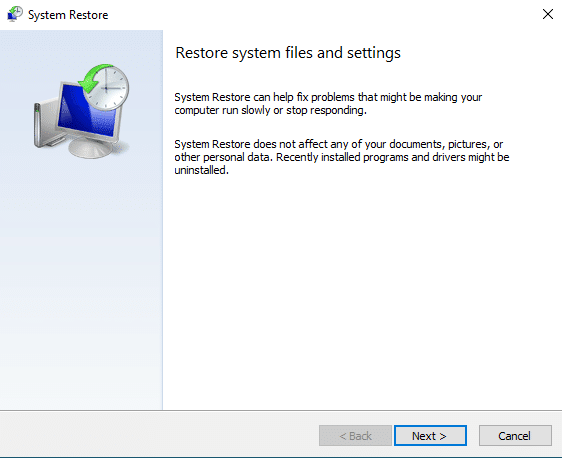
Data Recovery Services for Hard Drive Firmware Failure
PITS Global Data Recovery Services is a leading provider of data recovery solutions, dedicated to helping clients retrieve their critical data from various storage media, including hard drives with firmware corruption. With years of experience and a team of skilled professionals, we have the expertise and advanced tools to tackle the most challenging data recovery scenarios.
At PITS, we understand the criticality of data integrity and confidentiality. Our strict data security protocols guarantee that your recovered data will be kept secure and will not be accessed by any unauthorized personnel. You can trust us to handle your sensitive information with the utmost care and professionalism.
We believe in providing excellent customer support throughout the data recovery process. Our dedicated customer support team is available 24/7 to assist you and answer any questions you may have. We understand that data loss can be a stressful experience, and we strive to keep you informed and reassured at every stage of the recovery process.
Hard drive firmware corruption is a concerning issue that can lead to data loss and hardware problems. Understanding its causes can help you take preventative measures to protect your data. However, if you are facing with any issue on your hard drive, our engineers will help you with HDD firmware repair and data restoration.
Do not hesitate to get in touch with our professional team. We will gladly help you with your data storage device.
Frequently Asked Questions
What is hard drive firmware, and how does it get corrupted?
Hard drive firmware is a specialized software code that resides on the drive’s internal memory. It acts as the bridge between hardware components and software applications, facilitating smooth communication and operation. Firmware can become corrupted due to power surges, failed firmware updates, malware infections, physical damage, manufacturing defects, or aging components.
What are the signs of hard drive firmware corruption?
Signs of firmware corruption include frequent crashes, system freezes, unresponsiveness, and failure to boot up. You may also hear unusual clicking or grinding noises from the hard drive.
Can I fix hard drive firmware corruption myself?
In some cases, you can attempt DIY fixes, such as power cycling the drive, checking cables, running disk checks, or performing a system restore. However, if these steps do not resolve the issue, it is best to seek professional help from data recovery experts like PITS Global Data Recovery Services.
Is it safe to use firmware repair tools to recover data from a firmware-corrupted hard drive?
Using corrupted firmware repair software tools on a hard disk drive can be risky. It may further damage the firmware or data structures and not repair bad sectors, making data recovery more challenging or even impossible. It is advisable to avoid using such tools and consult professional data recovery services.
What should I do if my hard drive shows signs of firmware corruption?
If you suspect firmware corruption, immediately stop using the hard drive to avoid exacerbating the issue. Do not attempt to recover data using software tools. Instead, disconnect the drive from your system and seek professional data recovery services like PITS Global to ensure the best chances of successful data retrieval.
What sets PITS Global Data Recovery Services apart from other data recovery providers?
PITS Global Data Recovery Services stands out due to its experienced team of data recovery experts, advanced technology, and commitment to data security and customer support. We prioritize the confidentiality of your data and maintain strict security protocols throughout the recovery process. Our team is available 24/7 to assist you and provide regular updates on your data recovery progress, ensuring peace of mind during this challenging time.
